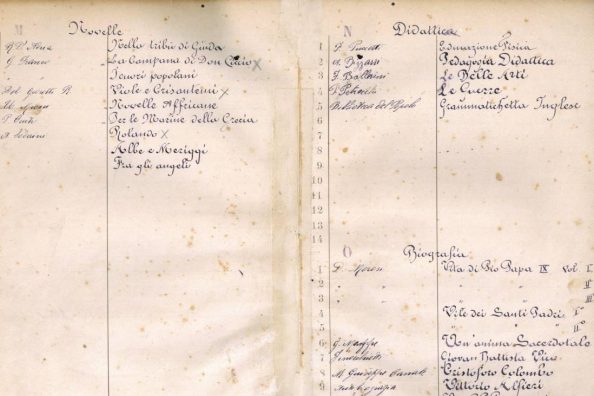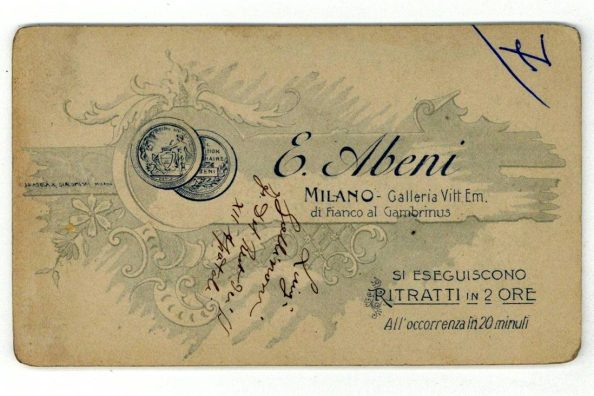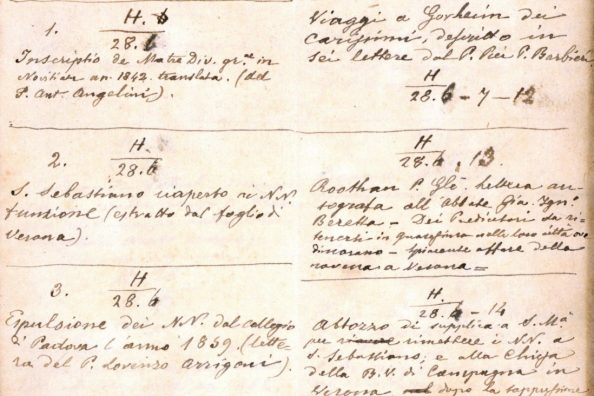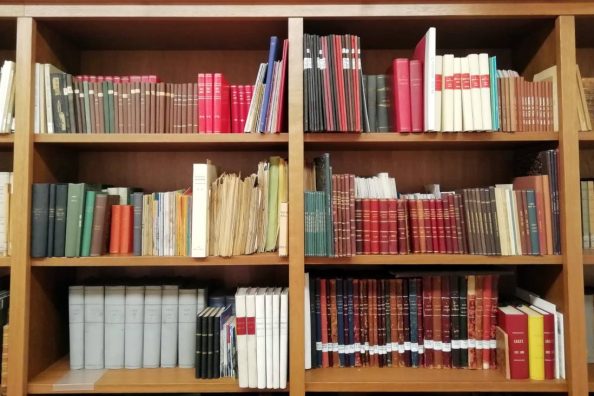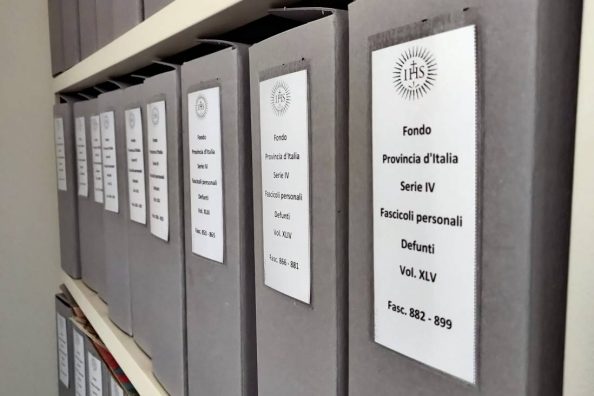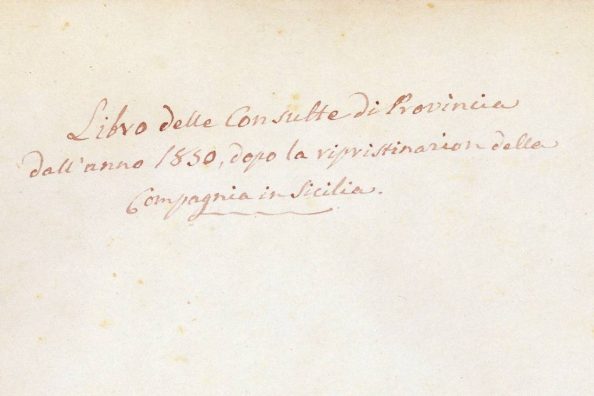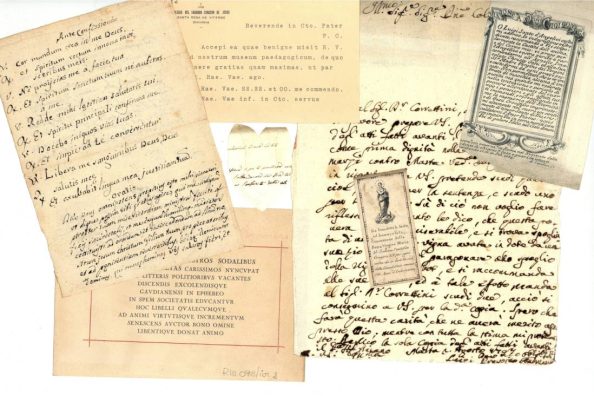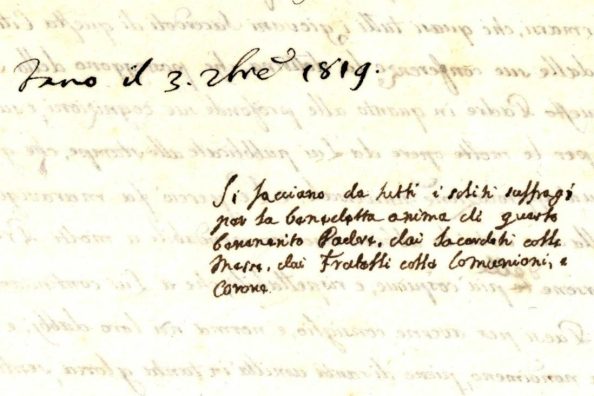The memory of the calendar reform – Villa Mondragone

For 10 days in 1582, in the Catholic West, no one died, no one was born, no one got married, no one was baptised. Why? This is one of the questions you might find in the enigmatic week or hear in some TV quiz show. It is not a puzzle, the answer is actually very simple: those 10 days never actually existed.
The calendar reform and Mondragone
Gregory XIII, in fact, wishing to bridge the gap that had arisen over time between the Julian calendar in use until the 16th century and the actual calculation of days on the basis of the natural cycle, convened a commission of experts and scientists and signed a decree with which he annulled that discrepancy, “updating” the calendar.
The calendar reform took his name and was signed in the main hall of Villa Mondragone. Over the years, Villa Mondragone went through several seasons: it was a papal residence, the summer residence of the Borghese family, the seat of the Mondragone College and then the property of the Society of Jesus until it was sold to the University of Tor Vergata.
The episode of the calendar reform is very well known and is remembered inside the historic Villa by a plaque in the Swiss Hall, which is still visible.
Today we tell you the story of the affixing of that plaque and who contributed to its implementation.
The commemorative plaque
The plaque was made at the behest of the students themselves, who attended the college in 1915.
In fact, that year was the fiftieth anniversary of the foundation of Mondragone College – which took place on 2 February 1865 – and there were many activities that students and Jesuits put in place to celebrate the event, although they were always characterised by a certain sobriety and undertone, due to the world conflict.
The students got together in a committee to collect the necessary amount for the expense – 500 lire – obtained thanks to the contribution of all the boarding school students. The work was created by the Roman artist Poccetti. The inscription on the marble slab was “dictated”, as reported in a diary in the archives, by Fr Lorenzo Rocci SJ himself, who was teaching Latin and Greek at Mondragone at the time.
The inscription, still visible today in the hall, reads: Kalendarium Julianum ad sidereas leges congruenter emendatum Gregorius XIII Pont. Max. Suo in his aedibus obsignans nomine ratum habuit decreto sanxit An. D. MDLXXXII VI Kal. Mart. An. D. MCMXV L to Colleg. Const. Alumni pos.
The slab was embedded in the wall of the hall on 30 December 1915, we remember it today on the 103rd anniversary of the event.
Maria Macchi

